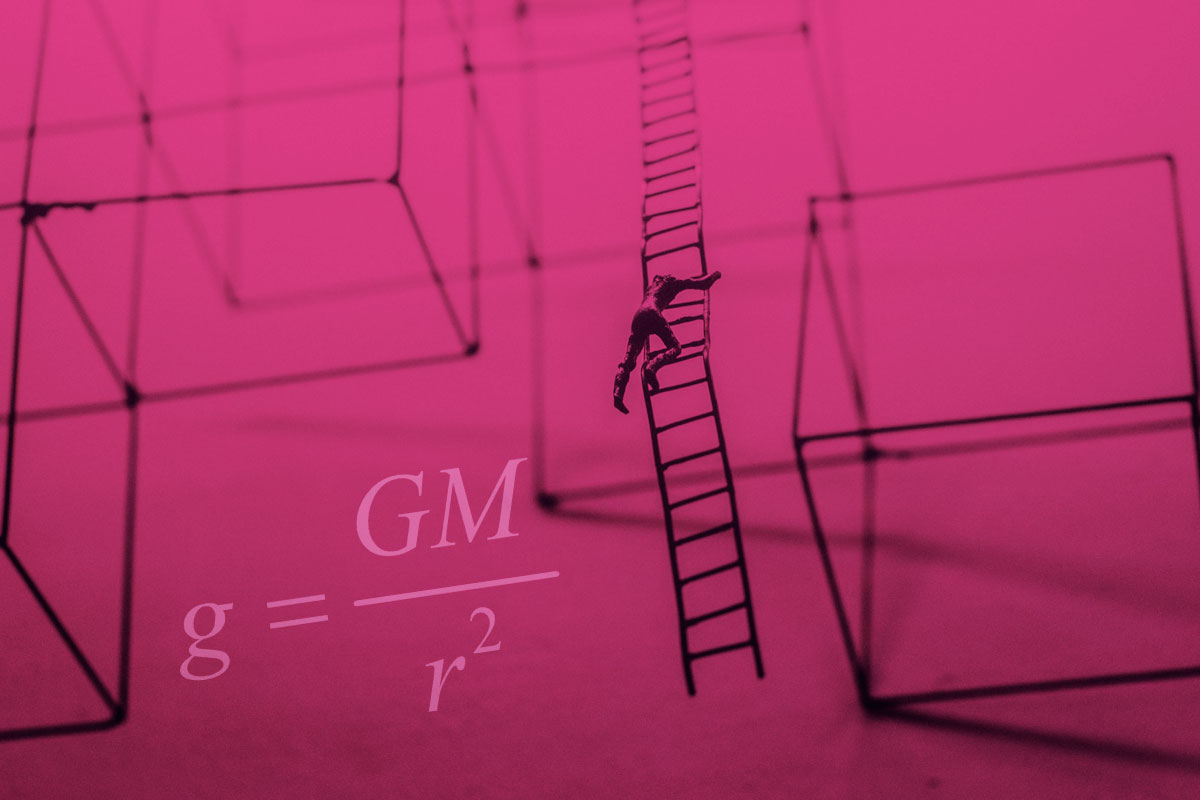
How do you put a value on a life?
The humble ladder ranks up there with the wheel for both its ingenious design and the positive impact it has made to our lives. Imagine having to hire a scaffolder every time you needed to change a lightbulb or clean the upstairs windows. It’s a design so simple that toddlers often intuitively ascend the ladder of a slide with no instruction. Yet equally, the humble ladder can be as lethal as any weapon: falls from height accounted for one quarter of all workplace deaths between 2017 and 2022. Perhaps the ease with which we use ladders numbs us to the risks of falling. Indeed, psychologists have identified a cognitive bias or mental shortcut that we take when assessing risks. The more readily we can recall something happening, the more probable we judge it to be. If you’ve never fall from a ladder, and don’t know anyone who has, you’ll judge it less likely to happen than someone who has fallen from a ladder (or knows someone who has). We may not set out to take risks, it’s just the way our brains are wired.
Automotive group McLaren was recently fined £650,000 after 55 year old David Oldham fell from height while carrying out an inspection of a mobile hospitality unit that the company’s Formula 1 team use during grand prix weekends. An investigation by the Health and Safety Executive (HSE) found McLaren had failed to properly assess the risks and to put measures in place to prevent workers falling from height. A question I am often asked is how a Judge determines the level of compensation when someone is injured or killed at work in cases such as this.
Whilst every case will be different there are a number of factors that are taken into consideration when determining compensation. In no particular order, the age of the person killed determines how many years future loss of earnings need to be taken into account. With the pension age due to rise to 67 in 2028, a 30 year old today would have 37 years of future earnings ahead of them. Similarly, once that individual retires there is an average life expectancy. A 67 year old with no health problems may be expected to live another 20 years. This period would be classed as lost pensionable years and also taken into account.
If the deceased has dependents, such as a stay-at-home spouse and children, then their financial needs will also be ta factor. Where no children are involved it is assumed that any income would be divided equally between the surviving partner, their deceased spouse, and joint expenses. Any compensation claim is therefore for the lost 2/3 of earnings. Where children are involved the personal spending element is reduced to 1/4 of income so the loss is 3/4 of earnings.
With any compensation claim, the company being sued will be attempt to minimise the amount of damages they have to pay. This may take the form of arguing that the deceased contributed to the events of their death, such as ignoring safety rules or operating equipment they were not trained to use. If the deceased had any pre-existing medical conditions it can be argued that their life expectancy would have been lower than average. Likewise, if there is any history of adultery or separation they may argue that the marriage would not have survived. What cannot be used to reduce any compensation amount is the age of the surviving wife/husband and their probabillty of remarrying in the future.
These are just a few of the factors that affect the amount of compensation following a death or serious injury in the workplace. As a Personal Injury Solicitor for more than 20 years I have won compensation for both the families of individuals killed in accidents and for people who have suffered serious injuries at work or in Road Traffic Collisions. For a free 30 minute initial consultation call us on 01257 422 500 to arrange a free 30 minute initial consultation. Our lines are open 8.00am to 9.00pm Monday to Friday and 9.00am to 7.00pm on weekends.
